The new enhanced trust reporting rules (“new trust rules”) may catch certain Canadian trusts or informal trust arrangements considered Bare Trusts, that previously did not have to file an annual Trust Income and Tax Information Return (“T3 Return”). The new trust rules will force the filing of annual T3 Returns along with additional details on settlors, beneficiaries, trustees, and other controlling persons for taxation years ending after December 30, 2023. This means that most trusts and informal trust arrangements will be subject to these new rules for their 2023 taxation years and will have to file a T3 Return no later than April 1, 2024.1
Because these new rules can apply to informal trust arrangements and bare trusts, Trustees of such arrangements that have never historically had any formal filing requirements may be surprised to find that first, there is a trust relationship, and second, they must now file T3 Returns for the trust. There are non-compliance penalties of $2,500 or 5% of the maximum value of the property held by the trust during the year, whichever is greater. While the Canada Revenue Agency is providing relief from these penalties for bare trusts for the 2023 taxation year only, the stakes to identify situations where a T3 Return is now required going forward are high.
Here are four common scenarios that unexpectedly fall under the new trust reporting rules.
Note that exceptions may apply, particularly where the value of the trust assets does not exceed $50,000 at any point in the year (the “$50,000 exemption”).2
1. Joint accounts set up for administrative or estate planning purposes. Where an account is held in joint name but the intention or presumption is that the account is beneficially owned by one owner, while the other is named only for administrative or estate planning purposes, a trust reporting requirement may apply.
Example: Joy has found it increasingly challenging in recent years to manage her investments and finances. She adds her son Jake as joint owner of her non-registered investment account so he can assist with investment decisions and complete administrative tasks on her behalf without needing to involve her. Joy continues to report all investment income and has not indicated that she wishes to gift her investments to Jake. This creates a trust relationship, with Jake holding the account for the benefit of Joy. Jake must file a T3 Return if the account holds more than $50,000
2. “In trust for” accounts. Minors cannot generally open their own financial accounts and typically an adult family member will hold and manage the account on behalf of the minor until they reach the age of majority. If the value of the account exceeds the $50,000 exemption, the account holder must file a T3 Return. “In trust for” accounts for adults would also be caught by these rules.
Example: Trevor has suffered from a severe mental impairment since birth. Though he has now reached the age of majority, he does not have capacity to open and manage his own bank account, so his father holds the account in trust for him as Trevor’s legal representative. Trevor’s father does not have to file a T3 Return because the account only has deposits of less than $50,000. However, if, Trevor’s grandmother gifts him $55,000 and it is deposited into his bank account, Trevor’s father must file a T3 Return in respect of the bank account for the year.
3. Real property with an on-title owner who is not a beneficial owner. It is not unusual in common law provinces for one or several holders of registered title to real property to be different from the beneficial owner(s) of the property. This “splitting” of registered and beneficial ownership can be done for privacy or ease of transferring the property, among other reasons. The title holder essentially holds the property for the benefit of the beneficial owner, creating a bare trust.
Example: Priya was excited to purchase her first home. As a condition for financing, the lender required that her father, Kumar, be a registered owner. Kumar was added on title for the home purely so Priya could obtain the loan needed to purchase the home, however, Priya remains the full beneficial owner of the home. Kumar therefore holds title for the benefit of Priya. He must file a T3 Return for the bare trust arrangement.
Example: For privacy, Harry purchased his home via 123 Co. The corporation holds registered title to the home for Harry as the beneficial owner. 123 Co. must file a T3 Return for 2023
4. Trusts that hold non-income producing property. Previously, trusts were only required to file T3 Returns if they had tax payable in the year or if taxable income was allocated to beneficiaries. Under the new rules, even trusts with no income must file a T3 Return (unless an exception applies). Thus, trusts with assets that exceed $50,000 in value must now file a T3 Return, even if they do not generate any income.
Example: When she passed away several years ago, Ingrid left her cottage in a testamentary trust for her four children. The children and their families enjoy time at the cottage together year-round. Because the cottage is exclusively for personal use and does not generate any taxable income for the trust, the trust likely has not previously had to file T3 Returns. Starting with its 2023 taxation year, the trust must start filing T3 Returns.
Example: The Pembe Family Trust holds common shares of a private corporation following an estate freeze a few years back. The corporation has not paid dividends on the common shares since the Pembe Family Trust acquired the shares. The trust likely has not been filing tax returns, as it did not receive any income on the shares and therefore has no tax payable or income to allocate to beneficiaries. Starting for its 2023 taxation year, the trust will have to file T3 Returns.
The new trust reporting rules can apply to taxpayers in unexpected and sometimes surprising ways. Speak to your tax advisor well in advance of the T3 Returns filing deadline to determine your filing obligations and to avoid penalties.





